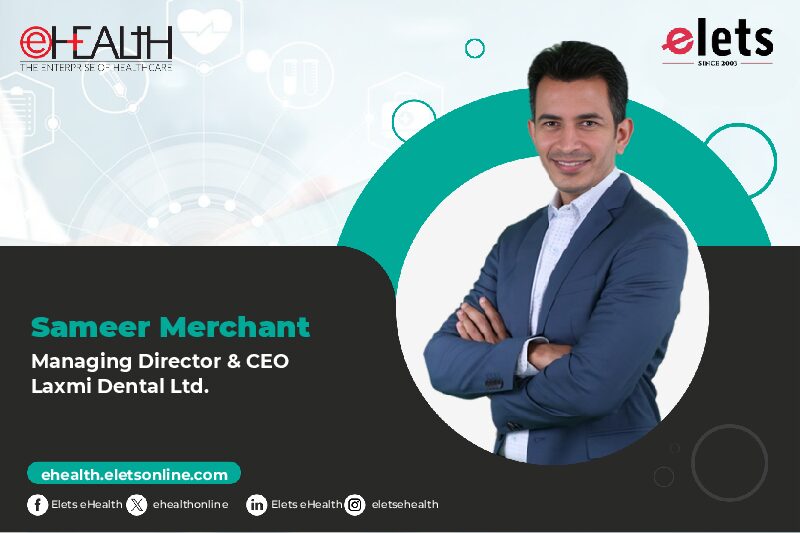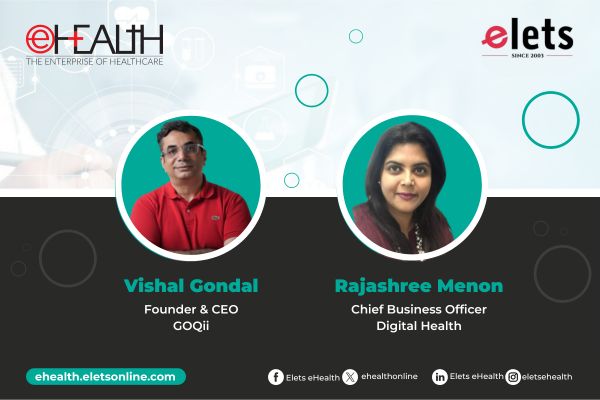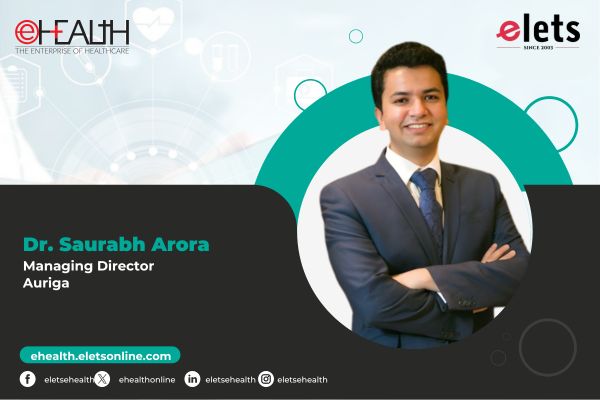
Dentistry is undergoing a significant technological transformation. From enhancing how clinics operate to redefining patient care, innovation is reshaping the profession at every level. Today’s dental practices are no longer defined by just skill and experience—they are being elevated by digital tools and data-driven systems. As this shift gathers pace, the focus is evolving from merely adopting machines to empowering teams, and from upgrading tools to cultivating tech-forward mindsets that can truly unlock the potential of modern dentistry.
Redefining Dental Teams
Technology is fundamentally reshaping the roles within a dental practice. Intraoral scanners, CAD/CAM systems, and AI-powered platforms are now essential tools, transforming how professionals operate daily.

Dental technicians, who traditionally worked manually, now design prosthetics digitally. They use 3D printers, plan treatments via advanced modelling software, and collaborate with AI to refine restorations. Hygienists, too, are evolving—they interpret diagnostic reports, use smart sensors, and detect early signs of disease with AI-enabled tools.

Administrative roles are also undergoing rapid change. Receptionists now manage automated workflows, respond to patient inquiries via AI chatbots, and use cloud-based systems to streamline patient flow. Every interaction is becoming faster, smarter, and more efficient.

Smart Clinics
“Smart clinics” are no longer a futuristic concept—they’re a present-day reality. These practices use connected technologies to manage everything from digital records to diagnostic imaging. AI assists with early detection, while cloud platforms offer secure and seamless data storage. AR now supports surgeries, making procedures both faster and more precise.

For instance, AI algorithms can flag potential cavities in X-rays before a dentist reviews them, while AR tools guide surgical instruments with millimetre-level accuracy. However, the real value lies in human interpretation. Technology provides the data; dentists must translate it into sound clinical decisions. A smart clinic thrives when professionals know how to collaborate effectively with machines.
Upskilling is Necessary
Dentistry now demands a second set of skills. Alongside medical knowledge, tech proficiency is key. Dental schools are now shifting their curriculum and teaching digital x-ray tools, CAD/CAM workflows, and even AI basics. But these updates can’t reach everyone at once. Practising professionals must take charge of their growth.
Courses online or dental-specific platforms can offer quick, flexible learning. Topics range from digital diagnostics to telehealth basics. Clinics should also support this by offering paid training time, funding certificates, and encouraging team-wide upskilling.
The Talent Gap
Despite rapid adoption in urban areas, many rural clinics still face significant challenges.
Limited access to infrastructure and resources slows down digital transformation, resulting in a widening talent gap.
Three Key Barriers Stand In The Way:
- Location – Urban clinics adopt technology sooner; rural counterparts often face long delays.
- Cost – Equipment, software, and certifications can be financially out of reach for small practices.
- Mindset – Resistance to change, especially among older professionals, can hinder progress.
Bridging this gap will require collaborative efforts from governments, dental associations, and private stakeholders. Subsidies, mobile training units, and localised e-learning in regional languages can make upskilling more accessible. Clinics should also organise tech-sharing workshops or cross-functional training to democratize knowledge and speed up adoption.
The Combined Effort of People and Machines
The best practices of tomorrow will run on teamwork between humans and machines. As tech handles tasks, humans step into roles of judgment, empathy, and problem-solving. Education must prepare for this. Schools should merge dental science with tech literacy. Clinics must embrace ongoing training as part of their culture.
In the near future, voice assistants might log treatment notes. Real-time analytics could suggest alternative treatments. Teams will adapt faster when they expect change and when they’re ready to learn on the go. The human touch will still matter. But it will be guided by smart tools that keep clinics efficient and outcomes sharp.
Also read: Transforming Patient Outcomes Through AI-Driven Health Management Solutions with Heaps.ai
Call to Action: Leading Dentistry Into the Future
As dentistry rapidly transforms, those who embrace change—not resist it—will lead the future. Dental professionals, clinics, and institutions must act now to upskill, adopt emerging technologies, and bridge the digital divide. Efficiency will not come from machines alone—it will emerge from empowered individuals who learn to lead alongside them. Let us invest not just in tools, but in people who know how to use them wisely. That is how dentistry will stay, not just modern, but meaningful.
Views expressed by: Sameer Merchant, Managing Director & CEO, Laxmi Dental Ltd.
Be a part of Elets Collaborative Initiatives. Join Us for Upcoming Events and explore business opportunities. Like us on Facebook , connect with us on LinkedIn and follow us on Twitter , Instagram.
"Exciting news! Elets technomedia is now on WhatsApp Channels Subscribe today by clicking the link and stay updated with the latest insights!" Click here!
















